MÜLHEIM AN DER RUHR, Germany: Prof. Sami Sandhaus’s development of ceramic dental implants marked a turning point in the advancement of dental implant systems. His first ceramic implant was created in 1960. In the more recent past, clinicians and manufacturers have helped to advance the rather young discipline of ceramic implantology, which still requires considerable research. Now, scientists from the Max-Planck-Institut für Kohlenforschung [Max Planck institute for coal research] in Mülheim an der Ruhr have found a way to produce corundum, a particularly stable variant of alumina, in the form of nanoparticles using simple mechanochemistry in a ball mill. This means, among other things, that materials for dental implants could become more robust and easier to manufacture.
In its most precious variants, corundum forms rubies and sapphires in the presence of traces of chromium, iron or titanium. However, material scientists are not that interested in it as a gemstone. Because it can almost compete with diamonds in terms of hardness and is extremely resistant to heat and chemicals, corundum is used in catalysis, for ceramic implants and prostheses in dentistry, and for cutting tools. Ceramic articles could be made even more resistant to breakage if they were produced from nanoparticles of corundum. Such a manufacturing process would also require less energy.
Corundum in nanoparticulate form is highly interesting for the chemical industry. “There are reports that catalysts with a carrier material made of corundum work more efficiently for the production of ammonia,” said Prof. Ferdi Schüth, a director and scientific member at the institute. “In other catalytic processes, such as the production of synthetic fuels, the higher stability could be essential,” he added. The nanoparticle form of corundum may therefore find numerous applications in the future because now it is easily accessible through the simple mechanochemical process discovered by the Mülheim chemists.
The researchers were able to obtain a powder of the corundum nanoparticles by simply grinding lumps of boehmite, aluminium oxyhydroxide contained in the frequently occurring ore bauxite, in a ball mill for 3 hours and then heating them briefly. Until now, chemists were only able to produce corundum from other aluminium oxides or hydroxides by firing the starting materials at temperatures greater than 1,200 °C or pressurising them at milder temperatures of 500 °C for weeks. However, especially after high-temperature treatment, instead of nanoparticles, larger crystals were formed.
“We discovered by chance that nanoparticles of corundum are produced in a ball mill,” said Schüth. His team investigated whether a catalytic reaction in such a mill works better because the catalyst is always given a fresh surface where the reactants can meet. They used a soft alumina (gamma alumina) mixed with gold particles as a catalyst and followed the process in the ball mill with various analytical methods. It was revealed that, after only a few hours, part of the gamma alumina had been converted into corundum. However, the corundum obtained this way from gamma alumina had moderate nanocrystallinity. “But, this raised our expectations and we then systematically investigated this and tested several variants of alumina and aluminium (oxide)hydroxides as starting materials. Eventually, we identified boehmite as a particularly interesting precursor due to its structural water,” said Dr Amol Amrute, one of the leading scientists of the project.
Chemists are now able to explain why a process as trivial as grinding opens up a route to a mineral that can otherwise only be obtained under harsh conditions and certainly not in nanoparticulate form. The shocks that the precursor boehmite experiences in the mill provide exactly the mechanical energy that is necessary for the rather complex conversion of the boehmite structure to corundum.
The study, titled “High-surface-area corundum by mechanochemically induced phase transformation of boehmite”, was published on 25 October 2019 in Science.
Tags:
BERLIN, Germany: On 6 January 2021, the CeramTec Group, a world innovation leader for advanced ceramics, was awarded the Certified Production Quality seal ...
The demand for ceramic implants is steadily increasing. In a forthcoming webinar, on Wednesday, 8 April, Dr Joan Pi-Anfruns will explain how dentists can ...
AMSTERDAM, Netherlands: Additive manufacturing is gaining traction as an alternative to milling for fabrication of ceramic restorations. However, ...
BUFFALO, N.Y., U.S.: A student at the University at Buffalo (UB) School of Dental Medicine has developed a new initiative that aims to remove barriers to ...
PORTLAND, Ore., U.S.: A recent study has found that a compound used to make car bumpers more robust and protect wood decks could make dental fillings last ...
If there is one thing that dentistry has taught me, it is that the ability to read people will take a clinician further than any continuing education course...
AUCKLAND, New Zealand: Besides a persistent dental crisis, New Zealand is facing an annual migration net loss of tens of thousands of young working age ...
As the global dental community prepares to gather in Shanghai for the 2025 FDI World Dental Congress (FDIWDC25), FDI had the opportunity to speak with Prof....
LEIPZIG, Germany: Although the search for metal-free implant materials began in the late 1960s, recent improvements in ceramic materials have made their ...
Live webinar
Wed. 14 January 2026
12:00 pm EST (New York)
Dr. Théo Laplane, Dr. Robert Gottlander DDS
Live webinar
Fri. 16 January 2026
12:00 pm EST (New York)
Live webinar
Mon. 19 January 2026
1:00 pm EST (New York)
Philipp Kopp, Michael Seeber
Live webinar
Thu. 22 January 2026
9:00 am EST (New York)
Prof. Judith Jones D.D.S; M.P.H., Prof. Kakuhiro Fukai D.D.S., Ph.D, Dr. Bathsheba (Bethy) Turton
Live webinar
Thu. 22 January 2026
2:00 pm EST (New York)
Dr. Nicola M. Grande DDS, PhD
Live webinar
Wed. 28 January 2026
8:00 am EST (New York)
Live webinar
Wed. 28 January 2026
11:00 am EST (New York)
Prof. Dr. Jan-Frederik Güth



 Austria / Österreich
Austria / Österreich
 Bosnia and Herzegovina / Босна и Херцеговина
Bosnia and Herzegovina / Босна и Херцеговина
 Bulgaria / България
Bulgaria / България
 Croatia / Hrvatska
Croatia / Hrvatska
 Czech Republic & Slovakia / Česká republika & Slovensko
Czech Republic & Slovakia / Česká republika & Slovensko
 France / France
France / France
 Germany / Deutschland
Germany / Deutschland
 Greece / ΕΛΛΑΔΑ
Greece / ΕΛΛΑΔΑ
 Hungary / Hungary
Hungary / Hungary
 Italy / Italia
Italy / Italia
 Netherlands / Nederland
Netherlands / Nederland
 Nordic / Nordic
Nordic / Nordic
 Poland / Polska
Poland / Polska
 Portugal / Portugal
Portugal / Portugal
 Romania & Moldova / România & Moldova
Romania & Moldova / România & Moldova
 Slovenia / Slovenija
Slovenia / Slovenija
 Serbia & Montenegro / Србија и Црна Гора
Serbia & Montenegro / Србија и Црна Гора
 Spain / España
Spain / España
 Switzerland / Schweiz
Switzerland / Schweiz
 Turkey / Türkiye
Turkey / Türkiye
 UK & Ireland / UK & Ireland
UK & Ireland / UK & Ireland
 Brazil / Brasil
Brazil / Brasil
 Canada / Canada
Canada / Canada
 Latin America / Latinoamérica
Latin America / Latinoamérica
 USA / USA
USA / USA
 China / 中国
China / 中国
 India / भारत गणराज्य
India / भारत गणराज्य
 Pakistan / Pākistān
Pakistan / Pākistān
 Vietnam / Việt Nam
Vietnam / Việt Nam
 ASEAN / ASEAN
ASEAN / ASEAN
 Israel / מְדִינַת יִשְׂרָאֵל
Israel / מְדִינַת יִשְׂרָאֵל
 Algeria, Morocco & Tunisia / الجزائر والمغرب وتونس
Algeria, Morocco & Tunisia / الجزائر والمغرب وتونس
 Middle East / Middle East
Middle East / Middle East
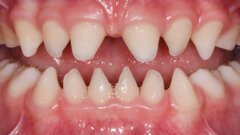






















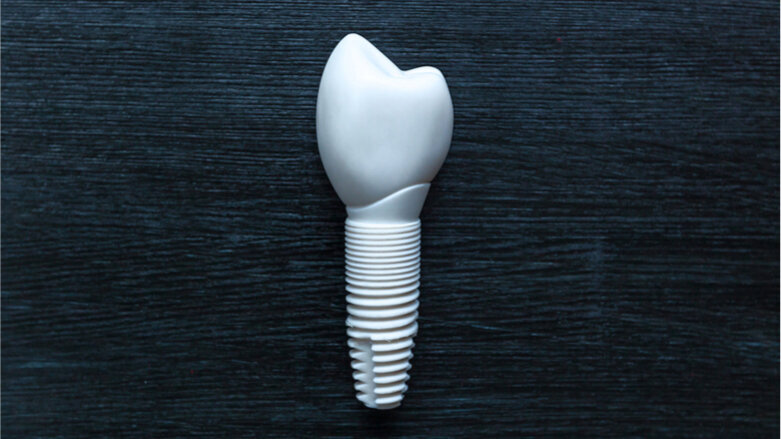



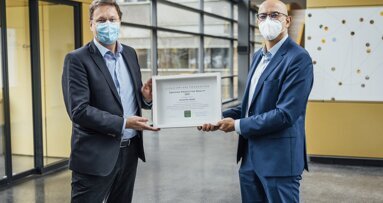
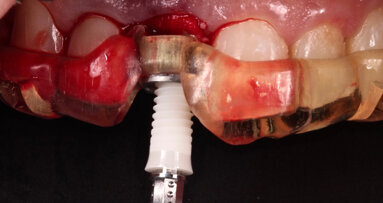
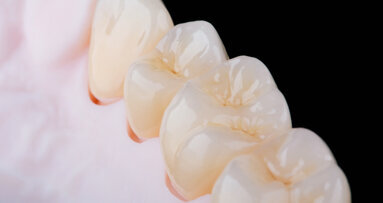
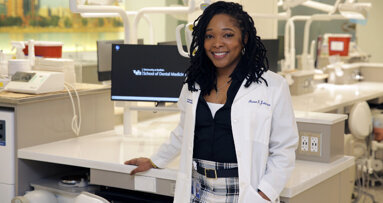
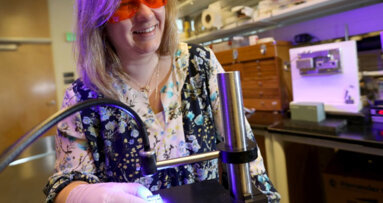
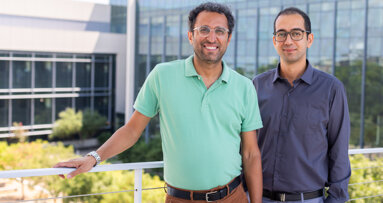

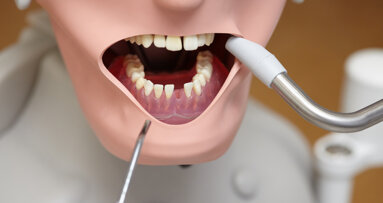

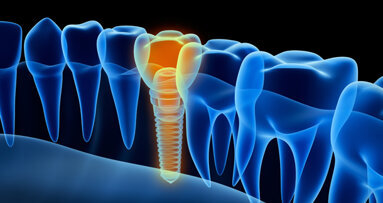










To post a reply please login or register